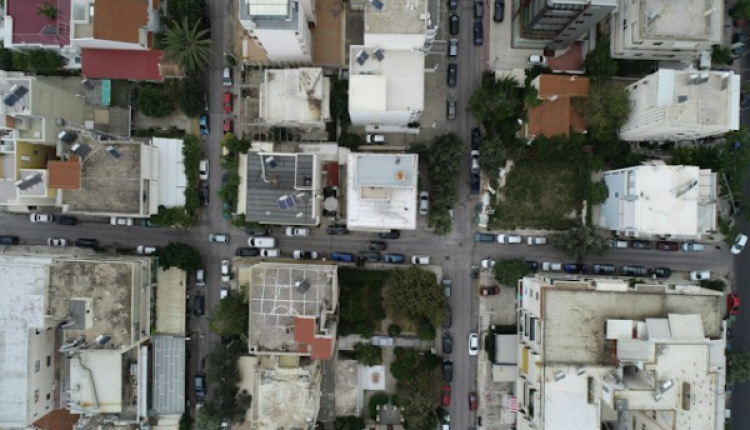How 7 Athens Neighborhoods Got Their Names
- by XpatAthens
- Tuesday, 23 January 2024

As we stroll through the streets of Athens, a city steeped in history and culture, we encounter distinctive neighborhoods, each with its own captivating story. From the coastal charm of Glyfada to the historic Anafiotika, these districts hold tales that reflect the essence of Athens. Join us as we uncover the simple yet fascinating origins behind the names and histories of these neighborhoods, providing a glimpse into the city's vibrant past and the threads that weave its diverse urban fabric.
Glyfada
Glyfada, a picturesque suburb in the south of Athens, has stood as a model spa town since the early 20th century. The beaches, now a hub of recreational activity, underwent a transformation from their earlier association with the invigorating mountain air. The name "Glyfada" is attributed to the discovery of "glyfo nero" (brackish water) during a well-drilling endeavor in 1920.
Psychiko
Legend intertwines with benevolent acts in the naming of Psychiko. According to one account, the area earned its name when the marathoner Pheidippides, after announcing the victory of the Athenians over the Persians in the Battle of Marathon, drew his last breath there. "Psyche," meaning soul in Greek, reflects Pheidippides breathing his soul away. Alternatively, the name is associated with Osia Filothei, who, out of goodwill, opened a well to quench the thirst of passersby and farmers—an act termed "psychiko" in Greek, earning her the honor of having the area named after her.
Legend intertwines with benevolent acts in the naming of Psychiko. According to one account, the area earned its name when the marathoner Pheidippides, after announcing the victory of the Athenians over the Persians in the Battle of Marathon, drew his last breath there. "Psyche," meaning soul in Greek, reflects Pheidippides breathing his soul away. Alternatively, the name is associated with Osia Filothei, who, out of goodwill, opened a well to quench the thirst of passersby and farmers—an act termed "psychiko" in Greek, earning her the honor of having the area named after her.
Patisia
Patisia's nomenclature traces back to a peculiar origin. The name is derived from the phrase "papa pata isia," roughly translating to "walk straight" in English. Local children coined this term to tease a perpetually intoxicated Turkish Aga who stumbled in the area. The children, witnessing his unsteady steps, would playfully shout "papa pata isia," leading to the christening of the region as Patisia.
Ekali
Ekali draws its name from the ancient Attic municipality of Ekali of the Leontidos tribe. Numerous historical accounts place it along the Athens-Marathona axis, with ties to the myth of Theseus and the Bull of Marathon. The ancient municipality derived its name from Ekali, the host of Theseus during his quest, who beseeched Zeus for victory. Theseus, in her honor, established the Ekalisia festival.
Metaxourgeio
The name Metaxourgeio, translating to "silk factory" in Greek, finds its roots in a silk fabric manufacturing facility established in 1835. Housed within the incomplete residence of Prince Katakouzinos, a structure preserved to this day on Megalo Alexandrou, Millerou, and Yatrakou streets, the silk factory left an indelible mark on the area's identity.
Anafiotika
Transporting visitors to the idyllic carefreeness of a Cycladic island, Anafiotika in Plaka is a charming enclave. Crafted in the mid-19th century by skilled artisans from Anafi and other Aegean regions, the houses boast Cycladic architecture. Cobblestone streets and climbing plants contribute to the island ambiance, providing Athens with a touch of Aegean allure.
Chalandri
Chalandri, once a region abundant with arable lands, was originally known as the "Flyas Municipality" due to its thriving agricultural activity. During the Turkish occupation, the majority of these lands fell under the possession of the Chalas manor, leading to the eventual naming of the area as Chalandri.



